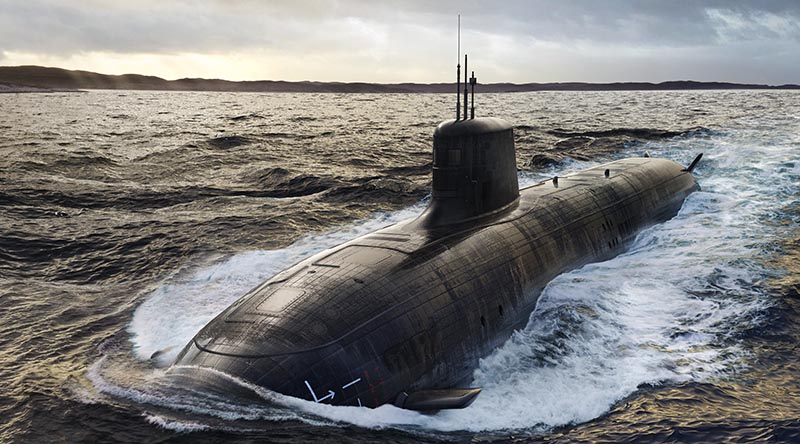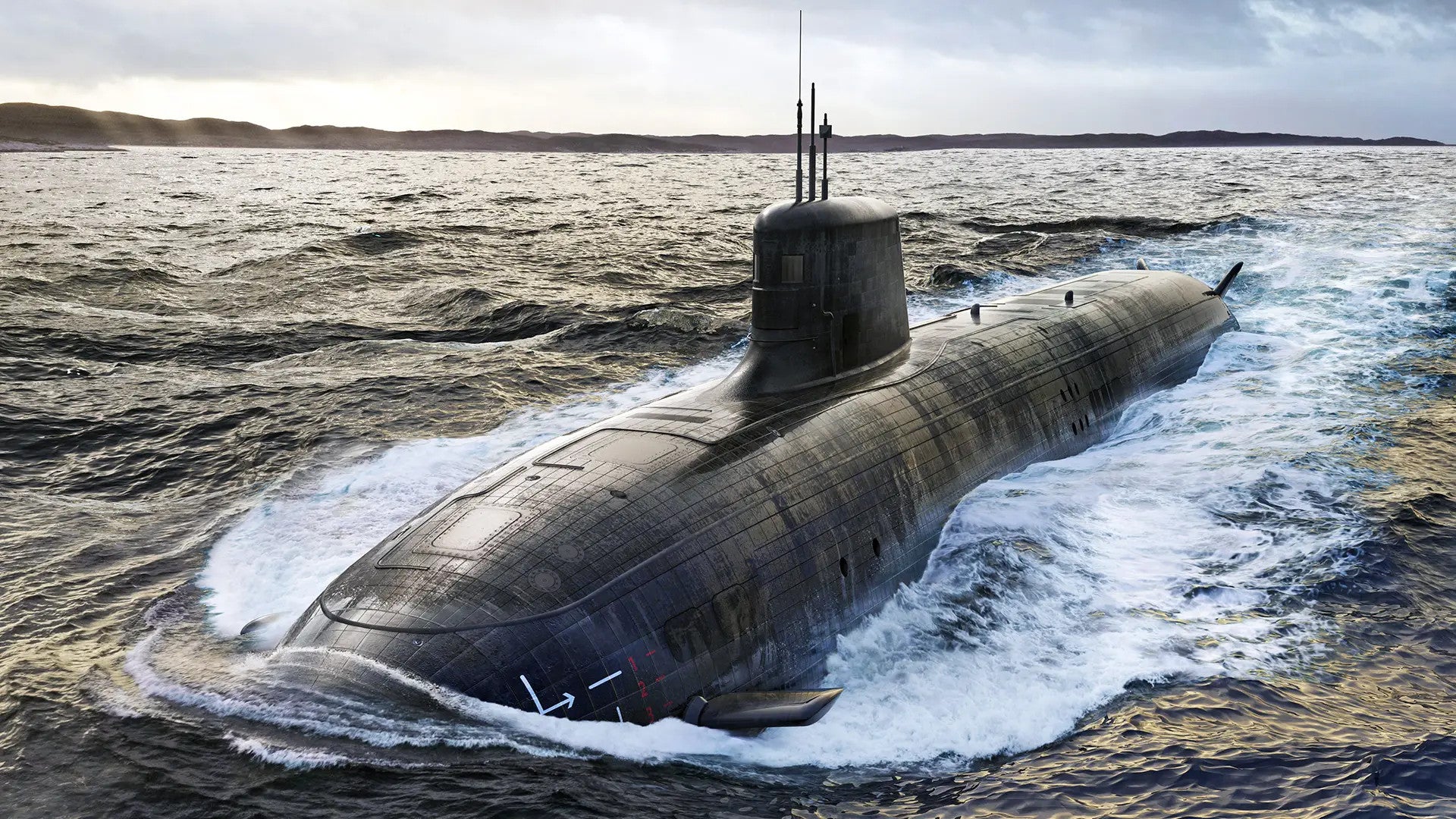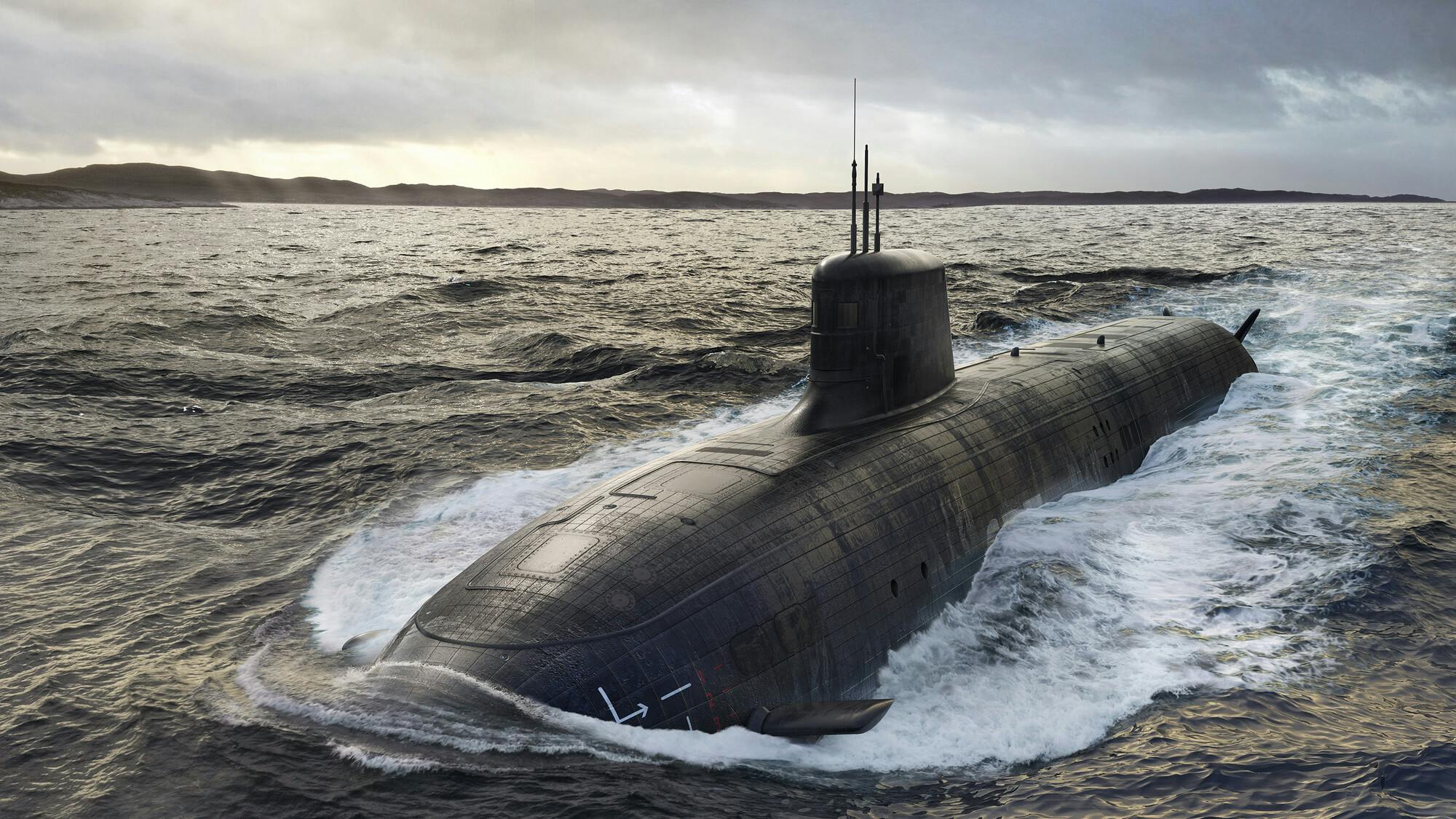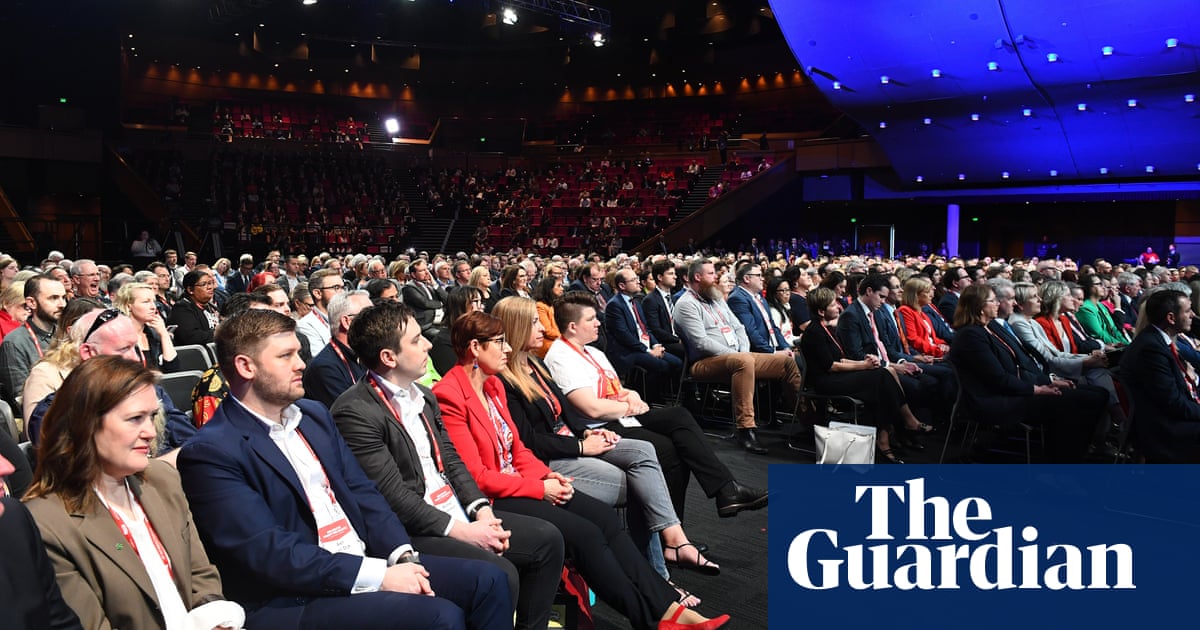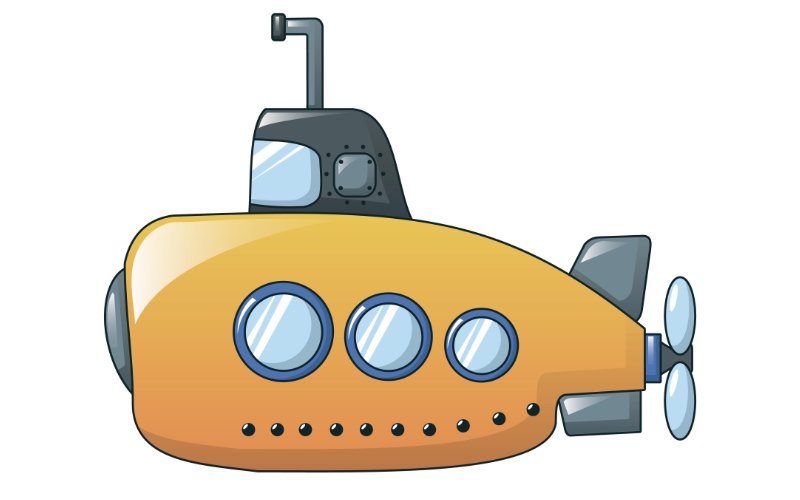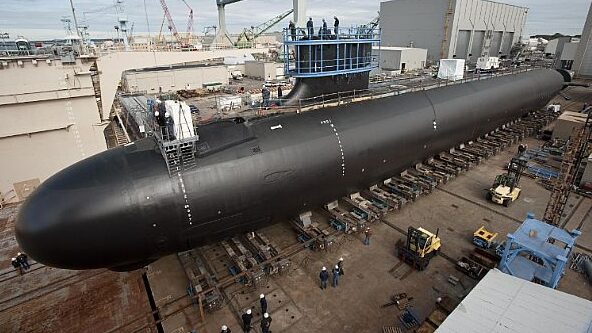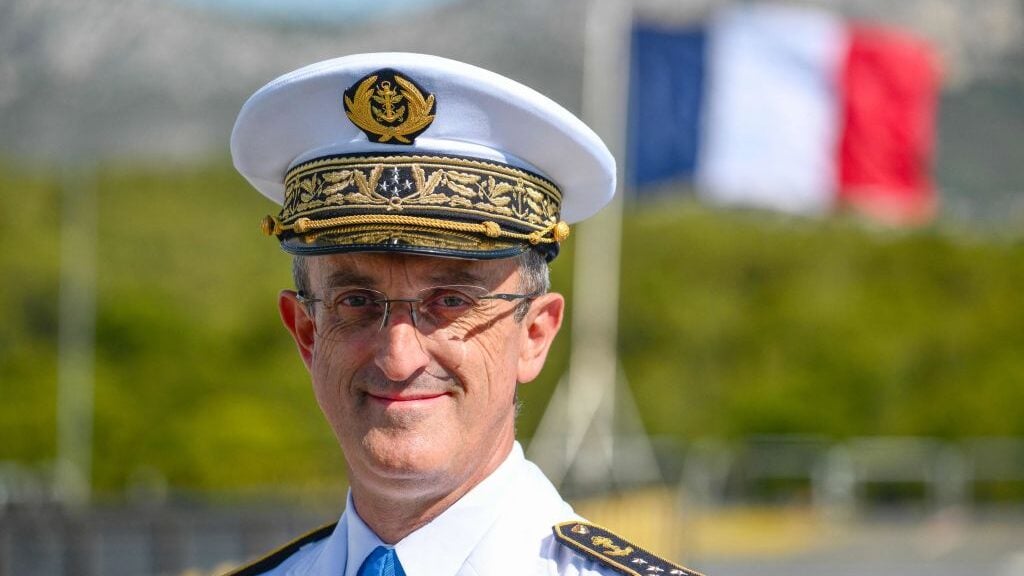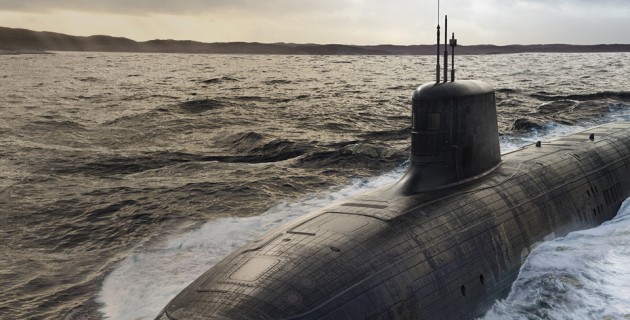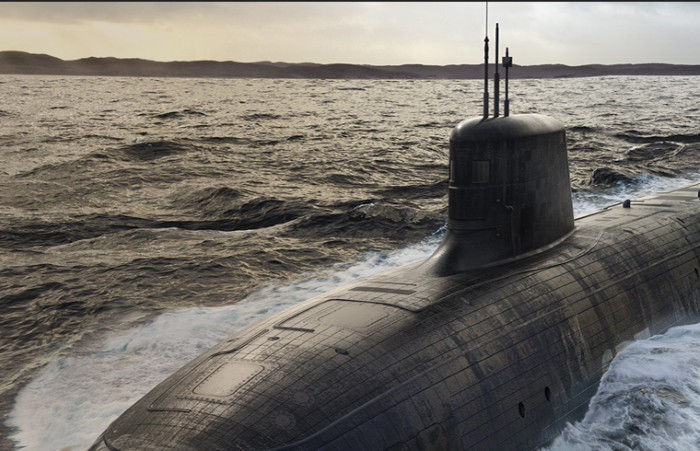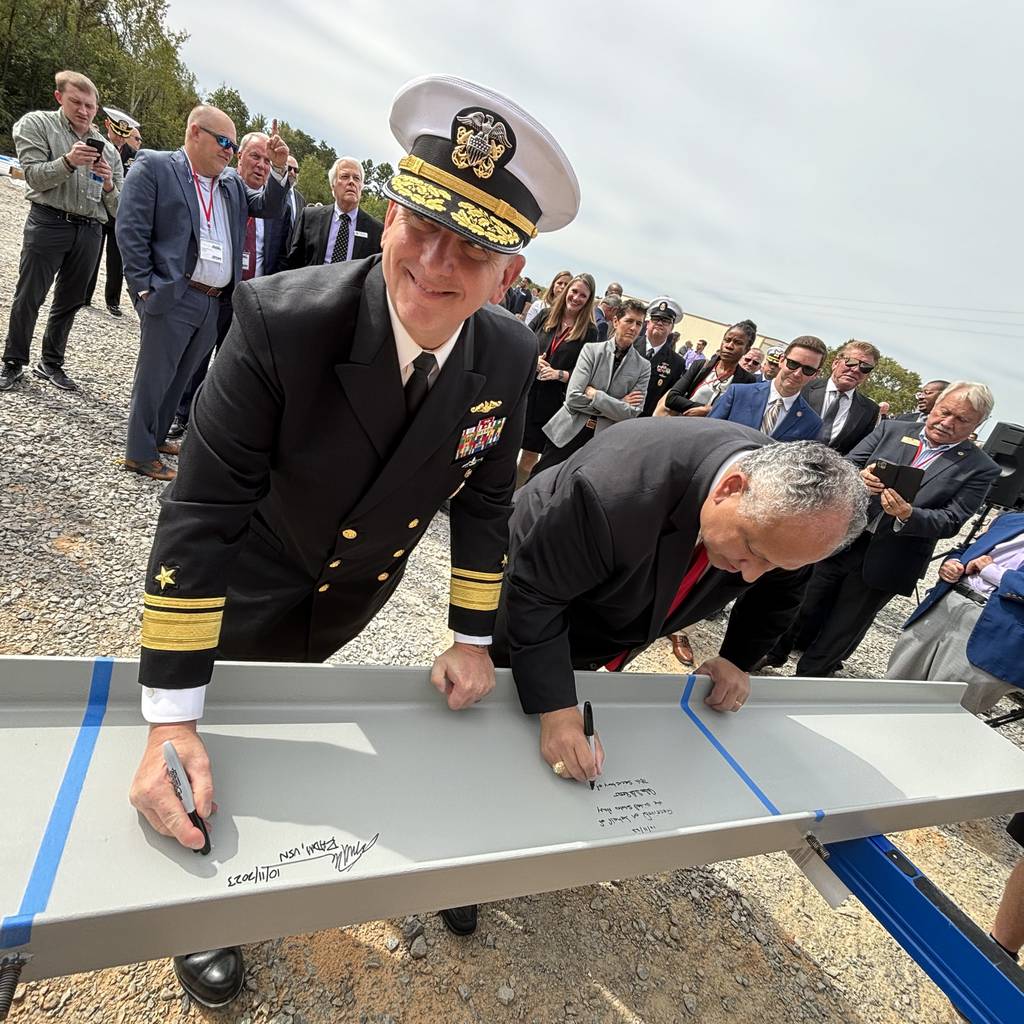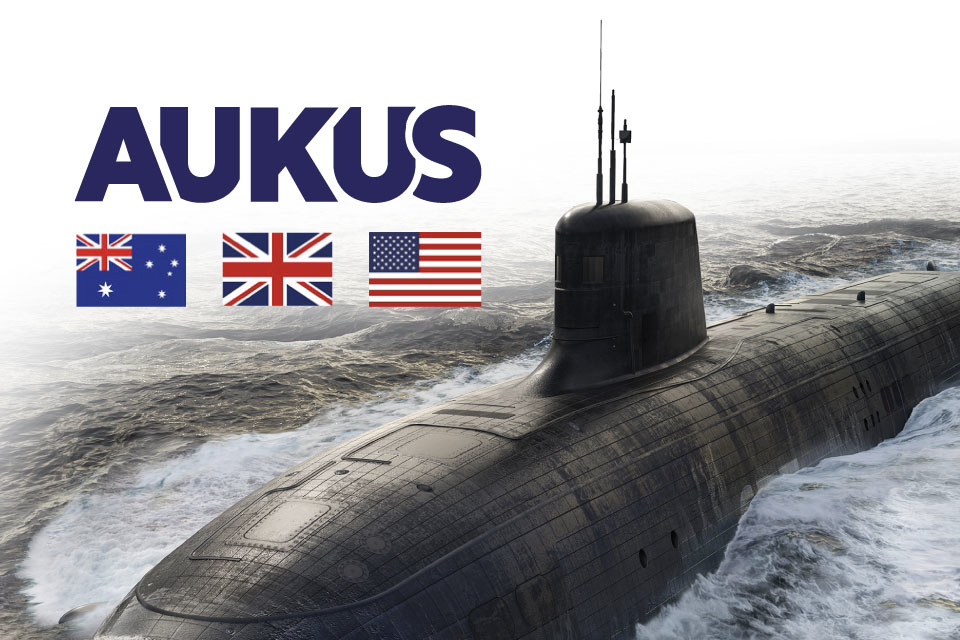I honestly never thought I would see the day the USN released active reactor tech to a foreign country. UK? That was a one time deal. They got one working US reactor and all the technical documentation. After that? NOTHING for 40+ years. And then the Astute's reactor design ran into trouble and the USN did another
one-time release of data in about 2004 or 05.
Now the USN is actively selling Virginia-class boats? And is apparently collaborating with BAE on the AUKUS sub design? (seriously, guys, where's the "mind blown" emoji on this forum?)
As to individual points:
Nuclear power isn't a game for children and really requires an independent regulator. Having the same agency that is delivering the capability regulating the capability is a mistake.
The decision to acquire nuclear submarines has been made. The important question is who will be responsible for keeping the reactors safe?

michaelwest.com.au
Hasn't been an issue for the USN. USN radiation exposure limits?
1/10 that of Civilian limits.
Naval Reactors, NAVSEA 08, is a very scary dude when he's in work mode.
Part of 08's job is safety, and he takes that job
extremely seriously. Usually to the detriment of any damnfools caught being unsafe, or pushing for practices that turn out to be unsafe. See the extremely scathing indictment of 7th Fleet after the two destroyer collisions for an example.
As to disposal? Do you know where the USN puts the reactor core sections of boats, after they'd defueled and cut out of the sub? They go to high desert storage at Hanford, WA to be buried (it's maybe 200 miles from Puget Sound Naval Shipyard).
I'm sure Oz can find someplace that doesn't get much rain in the Outback that is already owned by the Oz federal gov and isn't too far from the shipyard to use for their equivalent storage site. Or maybe the Virginia sections will go to Hanford, AUKUS to whoever uses the boat.
I never thought I would ever see in my lifetime a nuclear submarine program split between three countries. Of course UK-USA partnership is as old as the 1960's, at least as far as SLBMs are concerned.
Also reminds me a few NATO / MLF proposals to UK and France by the USA (1958-1964, roughly) to try and "neutralize" their independant nuclear deterrent aspirations.
You and me both!
Point of order, however: Nuclear missiles are not the same as nuclear reactors (they're owned by different organizations in the USN, for example), and technically the UK doesn't use any US warheads, just a shared pool of missiles that get UK warheads when loaded into a UK boat. The missile compartment of the Vanguard class is IIRC roughly the same as the 640-class SSBNs just 12 instead of 16 tubes, the Dreadnought will be sharing the quadpack design with the Columbia again with fewer quads.
Nuclear concerns only a fraction of what a submarine is today.
Training a SUBSAFE welder isn't a quick process, and SUBSAFE has nothing to do with the nuclear propulsion side of the house except to
dictate requirements. Helps that Rickover Himself helped write SUBSAFE after Thresher went down.

